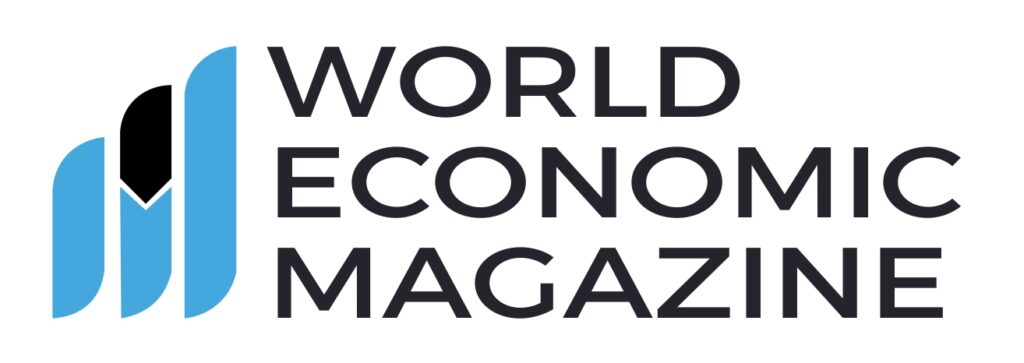
Global tech talent may soon call Canada home as U.S. visa costs soar
In a major shakeup to U.S. immigration policy, President Donald Trump recently signed a proclamation imposing a one-time $100,000 fee on new H-1B visa applications. The move has sent shockwaves through the global tech labor market, prompting firms and skilled professionals to rethink destination choices. Industry observers and immigration lawyers now suggest that Canada’s tech sector may emerge as one of the biggest beneficiaries of this disruption.
What’s Changing: The New H-1B Fee Regime
Under the new rule, employers seeking to bring in fresh, foreign high-skilled workers under the H-1B visa program must pay an additional $100,000 upfront. This fee does not apply to existing H-1B holders or to visa renewals. The policy aims to curb perceived abuses of the program, favor higher wage roles, and push employers to hire domestically first.
The magnitude of the fee—rising from a few hundred or thousand dollars to six figures—has stirred controversy. Critics say it essentially closes the door on many foreign professionals, especially those coming from countries like India and China, which historically have supplied a large share of H-1B visa holders.
U.S. Tech Sector in Disarray
Tech companies, especially smaller firms and startups, find themselves suddenly squeezed. Some can absorb the cost, others cannot. Several leaders in technology have already voiced concerns that further raising the bar for global talent entry will stifle innovation, slow product development, and reduce competitiveness.
Larger corporations with deep pockets might adapt by treating the fee as a capital expense, but many startups and mid-size firms see a more precarious path: either offshoring more roles or redirecting hiring away from the U.S.
One notable repercussion: the sudden tilt is creating talent arbitrage opportunities, as global tech workers now reassess migration pathways and target destinations that remain more welcoming.
Canada Readies to Receive the Talent Overflow
As the U.S. clamps down, industry and immigration advocates in Canada are forecasting a flood of interest. For years, Canada’s tech industry has faced brain drain, with top talent moving south to Silicon Valley and other U.S. hubs. Now, the tables may turn.
Why Canada looks attractive now:
- More welcoming immigration policies: Canada’s immigration system, with streams like the Global Talent Stream and the Express Entry system, is relatively fast and transparent compared to U.S. visas.
- No lottery system: Unlike H-1B, many Canadian programs do not rely on lotteries, giving skilled workers more predictable entry routes.
- Proximity and market access: For North American firms, locating roles in Canada offers time-zone alignment, cultural affinity, and easier operational integration than some offshore alternatives.
- Cost arbitrage for companies: Firms deterred by $100K U.S. visa fees may find it more economical to establish or expand Canadian entities, hire talent there, and deliver to U.S. clients from Canada.
Immigration lawyers and recruiters already report heightened inquiries. One such lawyer pointed out that workers who once aimed for the U.S. might instead pivot to Canada. Startups and consultancies, especially those unable to absorb the $100K burden, may increasingly look northward to hire or relocate teams.
Challenges and Caveats
While the opportunity for Canada is real, it isn’t without obstacles:
- Immigration backlog and capacity constraints: Canada’s systems may come under pressure with surging applications, possibly leading to delays.
- Skill matching & credential recognition: Many foreign professionals may need to navigate credential equivalency, licensing, or language acclimation.
- Culture, retention, and ecosystem: Attracting talent is one thing; retaining them requires vibrant ecosystems, funding, startup culture, and high-level research opportunities.
- Dependence on external policy swings: Canada’s gain is tied to U.S. restrictions. Should U.S. rules reverse, the influx might slow or reverse.
In other words, Canada can capitalize, but only if it acts quickly, builds capacity, and retains the talent long term.
The Broader Market Reaction
Reports suggest that some U.S. companies are already evaluating opening or expanding offices in Canada to avoid operational disruption. Tech firms may place more R&D, engineering, or support functions in Canadian locations. In effect, the visa fee is acting as a nudge toward nearshoring rather than offshoring to distant countries.
Analysts also observe that the policy encourages a reshaping of talent flows across the globe. Countries with tech talent pipelines—and more liberal entry policies—stand to gain disproportionately from this U.S. pivot.
Economist’s View
Economists warn that while the policy may aim to protect American workers, it risks undermining productivity, innovation, and long-term growth potential. The tech sector is uniquely reliant on global knowledge flows.
One perspective from a recent analyst commentary notes that the $100K fee is effectively a tax on human capital, which could push high-skilled individuals toward more welcoming jurisdictions. This “talent tax” is likely to distort labor markets, reduce cross-border mobility, and in the medium term reduce dynamism in innovation sectors.
Another economist, writing in an industry analysis, cautioned that by raising barriers to global skill inflows, the U.S. may slow productivity improvements at a time when innovation is critical to counter inflation and global economic competition. They argue that policies which deter talent often backfire—pushing the most entrepreneurial, risk-taking individuals to more open economies.
In short, economists see the Canada-benefit scenario as a near-certain side effect of a policy that may yield unintended long-term economic costs to the U.S.
A Turning Point for North American Tech Talent
The $100,000 H-1B fee mark is more than a policy tweak—it may mark a turning point in global talent flows. As the U.S. tightens its door, Canada is poised to widen its arms.
For Canada’s tech sector, the moment is one of opportunity. But capitalizing will require infrastructure, streamlined immigration paths, integration services, and an innovation ecosystem that keeps skilled workers engaged.
Meanwhile, U.S. firms face the choice: pay the new cost, relocate talent, or rethink where they build their engineering teams. In doing so, many may find that Canada becomes not just an alternative, but a strategic next base.






